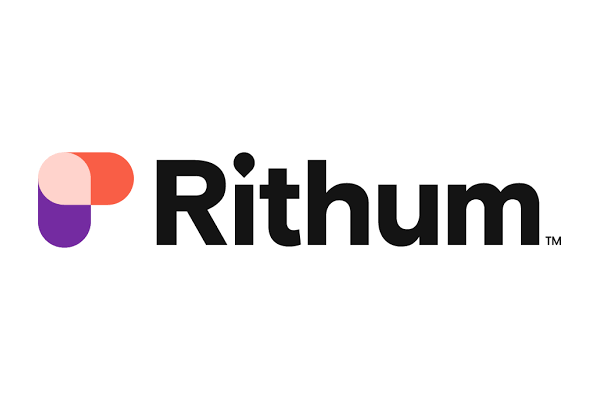The guys at ChannelAdvisor have been looking at how browsers turn into buyers and if too much credit is attributed to search results when an order is placed. It’s easy to see a purchase following a click from a paid search result, but that may not be the whole story.
A consumer may have made a broad Internet search for a product, then used comparison shopping engines to research a particular model and seen your company name and then a couple of days later done a very specific search on Google to find your website again to make the purchase. Although the sale appears to have been generated by Google one or more comparison shopping engines could have played a big part in assisting the sale along the way.
ChannelAdvisor’s new software feature – Multi-Channel Assist – aims to credit all the clicks in the sales process enabling sellers to better determine where sales are generated and which comparison shopping engines are assisting your customers to find you. With as many as 50% of UK buyers using comparison shopping engines they may be driving more business your way than immediately apparent.
There will be a workshop on the 16th July for those who want to learn more about how traffic is being driven to their webshop. You can register for How to Increase Pay-Per-Click Returns: Tracking the Multi-Channel Path to Conversion on the ChannelAdvisor website.
It’s key to understanding where your sales come from in order to set a budget for paid search, shopping comparison and other forms of online marketing. Being able to track which sites your buyers sees your ads prior to the final click is key to establishing if your advertising dollars are effective, where you should spend more, and where you may be able to spend less for the same return.









One Response
The online buying process is not yet very well understood, and it’s definitely more complex than putting up a CPC ad for people to click on then buy.
It’s particularly important that not everybody buys the same way! Some people will spend hours researching, others will head straight for eBay, and yet others will go straight to price comparison engines.
The model that I tend to follow is product research –> supplier research –> purchase. So first I will identify the best product, then the best supplier, then finally purchase. That’s why it is important as a retailer to consider each phase of this process and consider providing helpful content at each stage: for example product information and reviews to aid product research, shipping information and “About Us” to aid supplier research, and a simple checkout procedure to make the purchase easy and keep abandonment low. Very very few retailers have got this right – Amazon is a key example of how to do it.